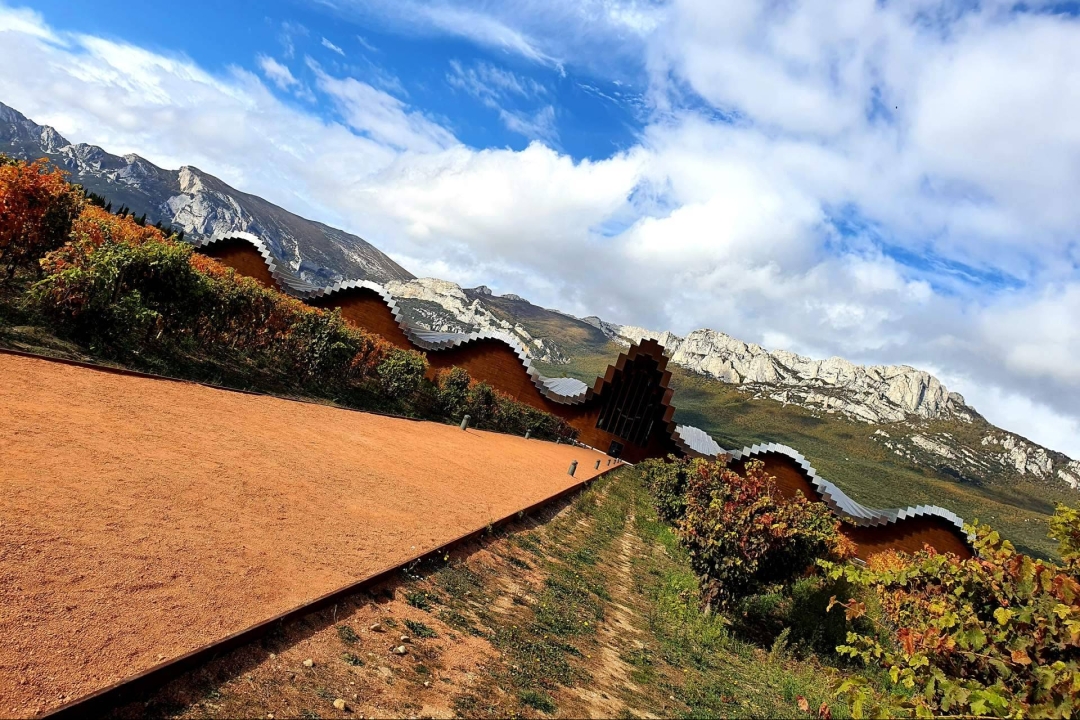Blending grape varieties has long been a cornerstone of European winemaking, particularly in regions where tradition and technique intersect to create distinctive expressions of terroir. The combination of different grapes within a single wine allows for greater balance, structure and aromatic complexity. This practice, which underpins many of Spain’s most emblematic wines, is at the heart of the experiences curated by Wine Tours From Madrid, where the focus extends beyond tasting to include the reasoning and philosophy behind each blend. The idea behind why blend different grape varieties in the wine becomes evident throughout their tours, shaped by direct encounters with winemakers and regional practices.
Across Spanish appellations such as Ribera del Duero, Rueda or Madrid, the assemblage of grape varieties is used not to dilute character but to refine it. Winemakers select specific combinations to bring out the best of each varietal—using one for its structure, another for aromatic lift, and a third for balance or acidity. These combinations are rarely arbitrary and often reflect centuries of local knowledge and adaptation to climate, soil and consumer preference.
Assemblage as a reflection of technique and intention
Blended wines serve as a testament to the winemaker’s vision. In regions like Sierra de Gredos or La Mancha, where climatic variation can challenge single-varietal consistency, blending offers a solution that is both practical and expressive. In guided visits organized by Wine Tours From Madrid, participants witness how family-run wineries use the assemblage process to articulate the unique qualities of their vineyards. Subtle choices—such as introducing a minor percentage of a supporting varietal or dividing the aging process between oak and steel—can transform the final profile.
These experiences help travellers understand that behind every bottle lies a set of deliberate decisions, many of which are rooted in the practice of combining grapes to highlight contrast, reinforce balance or introduce complexity. Far from being a shortcut, this approach is a form of craft that enhances both the character and longevity of the wine.
Discovering blends as part of a cultural journey
The tours organized by Wine Tours From Madrid are designed to present wine not only as a sensory product but as a cultural artefact. Within each route, blending is contextualized as part of a broader story—one that includes historical cultivation, native varietals, and the shifting preferences of the region. Guests are introduced to lesser-known grapes alongside more established ones, appreciating how local producers pair them based on texture, tannin or acidity to achieve a harmonious result.
The company's commitment to small groups and sustainable travel supports a more thoughtful engagement with each destination. Through direct interaction with winemakers and carefully chosen stops, participants gain insight into how blending practices support quality and express regional identity.
By exploring why blend different grape varieties in the wine, Wine Tours From Madrid offers a deeper view into the logic of assemblage, showing how this practice elevates the sensory experience and anchors the wine in its cultural and geographic origins.
Media Contact
Company Name: WINE TOURS FROM MADRID
Contact Person: Press Office
Email: Send Email
Country: Spain
Website: https://winetoursfrommadrid.com/







